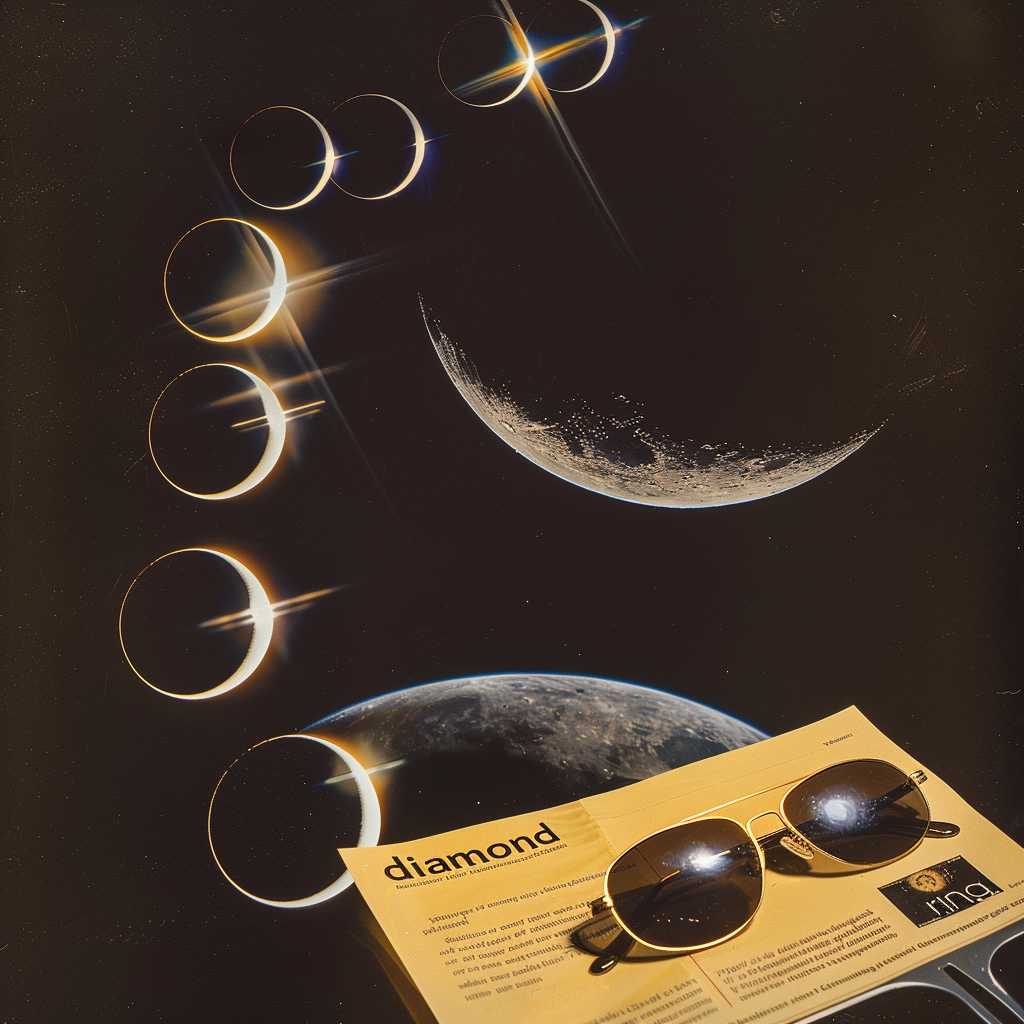The Phenomenon of Solar and Lunar Eclipses: Understanding When They Occur
Eclipses are celestial events that have fascinated humanity since ancient times. A solar eclipse occurs when the Moon passes between the Earth and the Sun, blocking all or part of the Sun’s light from reaching Earth. A lunar eclipse happens when the Earth comes between the Sun and the Moon, causing Earth’s shadow to fall on the moon, thus obscuring it either partially or totally. The occurrence of an eclipse, its type, and the timing can vary depending on various factors such as the relative positions of the Earth, Moon, and Sun, as well as orbital dynamics.
The Timing of Eclipses: How to Know When They Will Take Place
Predicting the timing of an eclipse requires understanding the orbits of the Earth and Moon, as well as their alignment. Both solar and lunar eclipses typically happen around two weeks apart in what’s known as an eclipse season, which happens roughly every six months. Astronomers can predict eclipses years in advance by using patterns like the Saros cycle, which is approximately 18 years and 11 days long.
Solar eclipses are relatively short events, usually lasting for a few minutes at any given location. Lunar eclipses can be visible for a few hours from any location on Earth where the Moon is above the horizon during the eclipse. To find out when an eclipse is happening in your local time zone, you can reference almanacs, astronomical websites or apps that provide notifications about upcoming celestial events.
Types of Solar Eclipses and Their Visibility
Total Solar Eclipse
A total solar eclipse occurs when the Sun is completely obscured by the Moon. Totality can be experienced from any point within the narrow path of totality that traces across the Earth’s surface.
Partial Solar Eclipse
During a partial solar eclipse, only part of the Sun is obscured by the Moon. Depending on your location, you might see anything from a small sliver of the Sun being covered to a near-total eclipse.
Annular Solar Eclipse
An annular solar eclipse happens when the Moon covers the center of the Sun but leaves a ring-like appearance. This “ring of fire” effect occurs because the Moon is too far from Earth to completely cover the disk of the Sun.
Hybrid Solar Eclipse
Rarely, an eclipse can begin as one type and end as another—this is known as a hybrid eclipse.
Types of Lunar Eclipses and Their Visibility
Total Lunar Eclipse
In a total lunar eclipse, the entire Moon passes through Earth’s umbra—the central, dark portion of its shadow. This can give the Moon a reddish hue, sometimes called a “blood moon.”
Partial Lunar Eclipse
A partial lunar eclipse occurs when only part of the Moon enters Earth’s umbra.
Penumbral Lunar Eclipse
When only the outer shadow (penumbra) of Earth falls on the Moon’s surface, it causes a subtle shading effect which might not always be noticeable to everyone.
The Next Scheduled Eclipses: Mark Your Calendars
For each upcoming year, astronomers and various scientific organizations publish specific dates and times for both solar and lunar eclipses. These detailed schedules will not only tell you when the eclipse begins but also when it will reach its maximum extent and when it ends. They also include information about where in the world these eclipses will be visible and map out the path that an eclipse will take over Earth’s surface.
Viewing Eclipses Safely
Witnessing an eclipse can be a thrilling experience but must be done safely to prevent eye damage. During solar eclipses, looking directly at the sun can result in serious injury without proper eye protection. Using special solar viewing glasses or indirect methods like pinhole projectors are safe ways to observe these events. During lunar eclipses, no special equipment is needed as these are safe to watch with the naked eye or through telescopes and binoculars.
Notes
At the end of every article about an upcoming eclipse event, noting specific dates is essential so that readers have accurate expectations for planning their viewing experiences if they wish to witness these astronomical spectacles.
*Image description: A composite image featuring phases of a solar eclipse viewed from Earth. Central images would show full obscuration with surrounding images displaying partial stages. The “diamond ring” effect is clear during one phase. Protective eyewear rests beside an informational booklet detailing safe viewing practices for solar events.*
